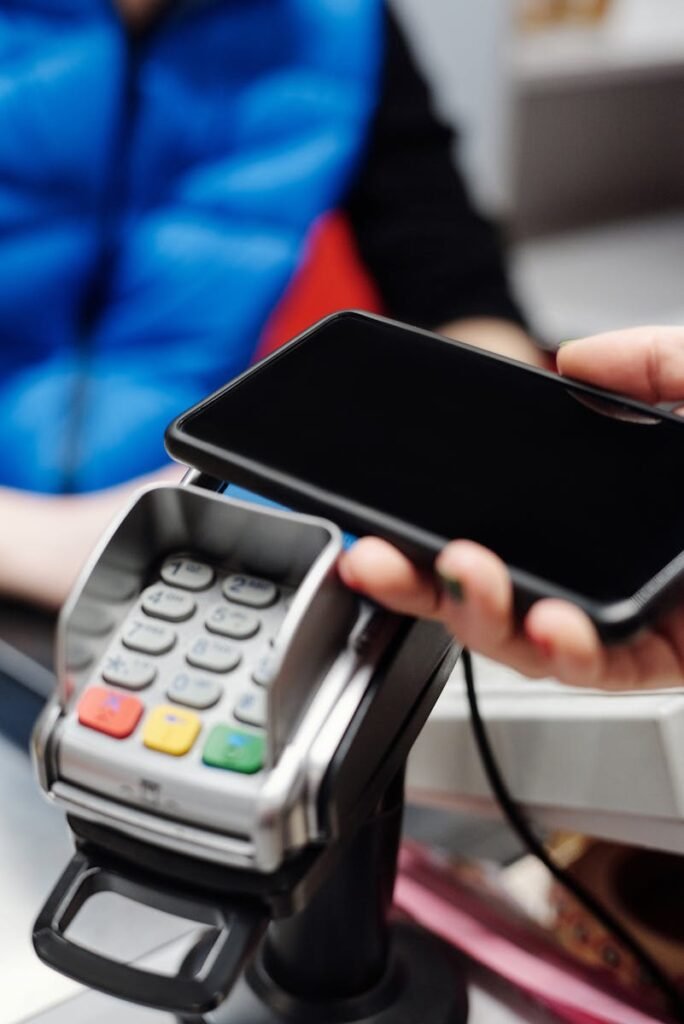The temptation to make impulse purchases is ever-present. From enticing window displays to strategically placed checkout counters, retailers have mastered the art of triggering our desires and prompting us to buy things we may not need. However, this behavior can have significant financial consequences, leading to overspending, debt, and even emotional distress. Understanding the psychological drivers behind impulse buying is crucial for gaining control over our spending habits and achieving financial stability.
According to a CreditCards.com survey, nearly 5 in 6 Americans admit to making impulse purchases, with 49% of respondents citing “buyer’s remorse” after making such purchases. These statistics highlight the prevalence of this behavior and the importance of addressing it.
Table of Contents
- The Psychology Behind Impulse Buying
- Triggers and Factors Contributing to Impulse Buying
- Consequences of Impulse Buying
- Strategies for Overcoming Impulse Buying Tendencies
- Additional Resources and Further Reading
- Practical Tips for Curbing Impulse Buying
- Frequently Asked Questions
- Conclusion
The Psychology Behind Impulse Buying
Impulse buying is a complex phenomenon driven by various psychological factors. Understanding these underlying mechanisms can help us gain insight into our own behavior and develop effective strategies to combat it.
-
Dopamine Rush
When we make a purchase, our brain releases dopamine, a neurotransmitter associated with pleasure and reward. This dopamine rush can be highly addictive, leading us to seek out that same feeling through repeated buying behavior.
-
Emotional Triggers
Emotions play a significant role in impulse buying. Retailers often leverage emotional appeals in their marketing strategies, tapping into feelings of desire, fear of missing out (FOMO), or the need for self-expression. This can lead us to make purchases based on emotional impulses rather than rational decision-making.
-
Scarcity Mindset
The perception of scarcity can amplify our desire for an item, leading us to make impulsive purchases out of fear of missing out on a limited opportunity. This is a common tactic employed by retailers through tactics such as limited-time offers or countdown timers.
-
Cognitive Biases
Our decision-making processes are often influenced by cognitive biases, such as the anchoring effect (relying too heavily on the first piece of information received) or the halo effect (allowing one positive attribute to influence our overall perception). These biases can lead us to make irrational buying decisions without fully considering the consequences.
Triggers and Factors Contributing to Impulse Buying
While the psychological drivers of impulse buying are complex, there are several common triggers and factors that can exacerbate this behavior:
-
Environmental Cues
Retailers often employ tactics such as strategic product placement, enticing displays, and aromatic marketing (using scents to influence buying behavior) to create an environment that encourages impulse purchases.
-
Emotional State
Our emotional state can significantly influence our buying behavior. Feelings of stress, boredom, or sadness can lead us to seek temporary relief through retail therapy, making us more susceptible to impulse buying.
-
Social Influence
Peer pressure, the desire for social acceptance, or the influence of social media can contribute to impulse buying. Seeing others with the latest products or trending items can trigger a desire to fit in or keep up with perceived social norms.
-
Financial Circumstances
Interestingly, both financial scarcity and abundance can contribute to impulse buying. In times of financial constraint, we may seek temporary gratification through small purchases, while during periods of financial prosperity, we may feel more inclined to splurge on non-essential items.
Consequences of Impulse Buying
While impulse buying may provide a temporary sense of satisfaction, it can have significant consequences if left unchecked:
-
Financial Strain
Impulse purchases can quickly add up, leading to overspending and potential debt. This financial strain can cause stress, anxiety, and even impact overall well-being.
-
Clutter and Waste
Many impulse purchases end up unused or forgotten, contributing to clutter and waste. This can create feelings of guilt, regret, and a sense of disorganization in our living spaces.
-
Emotional Distress
The cycle of impulse buying and the resulting financial strain can lead to emotional distress, including feelings of shame, anxiety, and low self-esteem. This can negatively impact our relationships and overall mental health.
-
Environmental Impact
Impulse buying can contribute to overconsumption and waste, which can have detrimental effects on the environment. The production, transportation, and disposal of unnecessary products can exacerbate environmental issues such as pollution and resource depletion.
Strategies for Overcoming Impulse Buying Tendencies
While impulse buying can be challenging to overcome, there are several strategies you can employ to regain control over your spending habits:
-
Practice Mindfulness
Cultivating mindfulness can help you become more aware of your triggers and thought patterns related to impulse buying. By pausing and reflecting before making a purchase, you can make more intentional and thoughtful decisions.
-
Create a Waiting Period
Implement a waiting period before making a purchase, such as 24 hours or a week. This can help you differentiate between true needs and fleeting desires, allowing the initial impulse to subside and enabling more rational decision-making.
-
Avoid Tempting Situations
Identify and avoid situations or environments that tend to trigger your impulse buying behavior. This could involve limiting time spent in malls or stores, unsubscribing from promotional emails, or taking alternative routes to avoid tempting window displays.
-
Set a Budget and Stick to It
Establish a realistic budget for discretionary spending and hold yourself accountable. Consider using cash envelopes or budgeting apps to track your spending and curb impulse purchases that exceed your allocated funds.
-
Seek Support
Enlist the support of friends, family, or a professional counselor to help you stay on track and provide accountability. Discussing your struggles with others can also provide valuable insights and coping strategies.
-
Practice Gratitude
Cultivate a mindset of gratitude for what you already have. Appreciating your possessions and focusing on experiences rather than material goods can help diminish the desire for unnecessary purchases.

Practical Tips for Curbing Impulse Buying
-
Make a List and Stick to It
Before going shopping, create a list of what you need and commit to buying only those items. This can help you stay focused and avoid unnecessary impulse purchases.
-
Bring a Limited Amount of Cash
Leave your credit and debit cards at home and carry only a limited amount of cash for your essential purchases. This can prevent overspending and force you to be more mindful of your spending limits.
-
Unsubscribe from Promotional Emails
Promotional emails and advertisements can be powerful triggers for impulse buying. Unsubscribe from retailer mailing lists and consider installing ad-blocking software to limit exposure to tempting marketing messages.
-
Delay Gratification
When you feel the urge to make an impulse purchase, practice delaying gratification. Wait for a specified period, such as a day or a week, before revisiting the decision. Often, the desire will subside, allowing you to make a more rational choice.
-
Reward Yourself Mindfully
Instead of impulse buying as a form of self-reward, establish a system of mindful rewards for achieving specific goals or milestones. This can provide a sense of satisfaction without compromising your financial stability.
Frequently Asked Questions
Is impulse buying a form of addiction?
While impulse buying shares some similarities with addictive behaviors, such as the dopamine rush and the compulsive urge to engage in the behavior, it is not formally recognized as an addiction. However, for some individuals, impulse buying can become a problematic and compulsive behavior that may require professional help.
Can impulse buying be completely eliminated?
While it may be unrealistic to expect to never make an impulse purchase again, the goal is to develop self-awareness and strategies to minimize the frequency and impact of these purchases. With practice and commitment, impulse buying can be significantly reduced.
Are online shopping and in-store buying equally prone to impulse purchases?
Both online and in-store shopping environments can trigger impulse buying behaviors, but the triggers and tactics may differ. Online retailers often use tactics like limited-time offers, personalized recommendations, and one-click checkout to encourage impulse purchases, while physical stores rely more on sensory cues, strategic product placement, and emotional appeals.
Conclusion
Impulse buying is a complex phenomenon rooted in various psychological factors and environmental triggers. While it may provide temporary gratification, it can have significant consequences for our financial well-being, emotional health, and even the environment.
By understanding the psychology behind impulse buying and implementing strategies such as mindfulness, budgeting, and avoiding tempting situations, we can regain control over our spending habits and make more intentional decisions about our purchases.
Remember, overcoming impulse buying is a journey that requires patience, self-awareness, and a commitment to developing healthier financial habits. Embrace the practical tips and resources provided in this article, and take the first step towards a more mindful and fulfilling relationship with spending.






